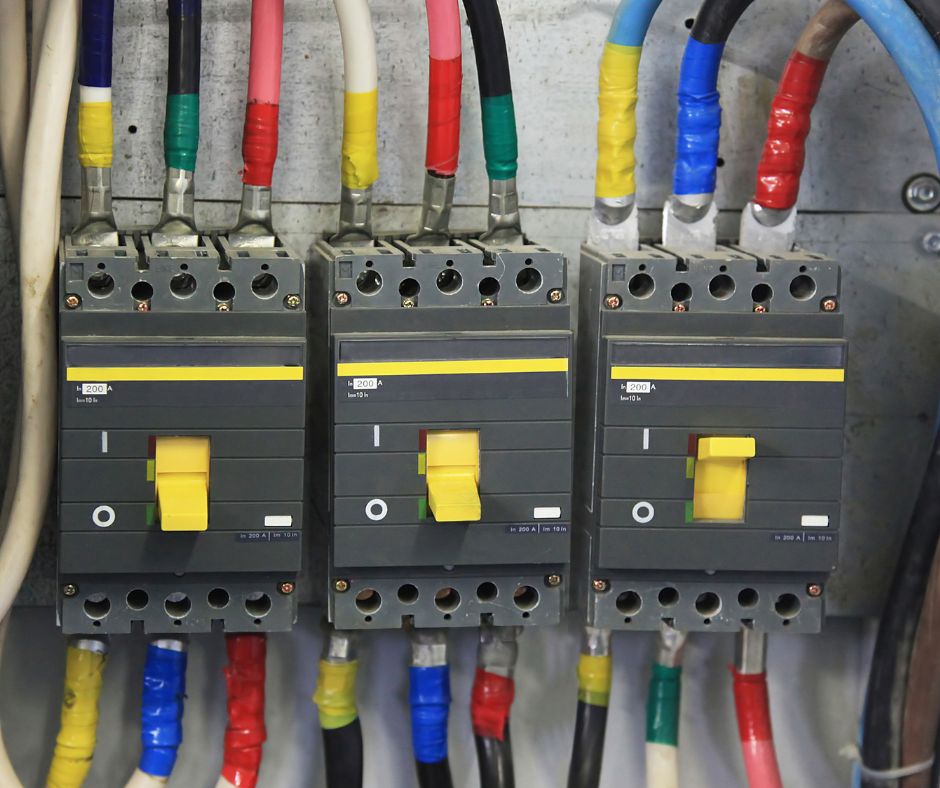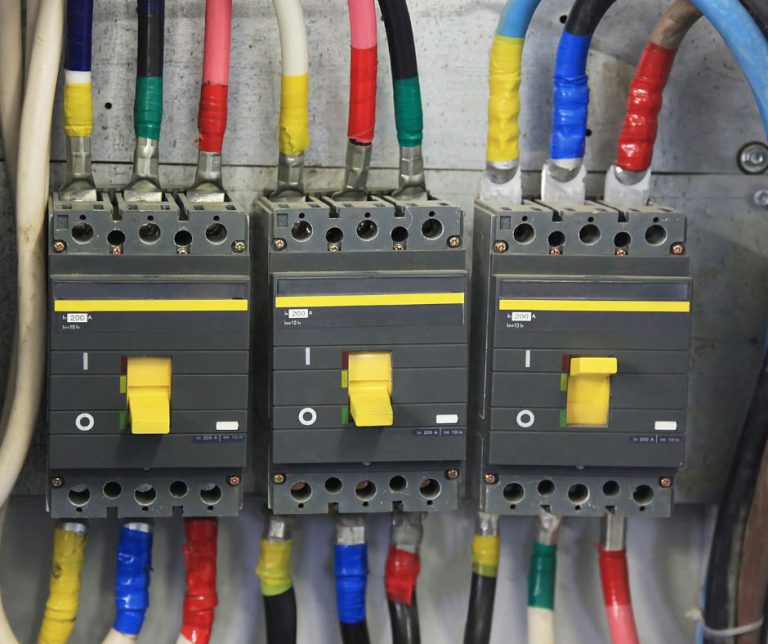Understanding the Critical Importance of Electrical Insulation Tape for Electrical Safety
Electrical insulation tape is a crucial component in safeguarding and insulating various types of electrical wires and cables. Commonly referred to as insulating tape, this essential tool plays a vital role in ensuring safety across both professional and home environments. By effectively preventing electrical shorts and providing robust protection against moisture, dust, and physical abrasion, this tape is indispensable for maintaining the operational integrity and overall safety of electrical systems. Gaining a comprehensive understanding of its importance not only aids in avoiding potential hazards but also contributes to a clean and organized workspace that enhances productivity and promotes safety.
Electrical insulation tape is available in a wide array of sizes, lengths, and colors, crafted from different materials that cater to specific applications. These diverse options significantly enhance the insulation’s overall effectiveness while also simplifying the identification and organization of cables through a color-coding system. Using various colors streamlines your electrical work processes, making it easier to quickly identify specific wires, thus improving both productivity and organization in any electrical project.

Identifying the Critical Conditions That Lead to Electrical Tape Melting
Indeed, electrical tape can melt under certain conditions, posing serious safety hazards. In this article, we will thoroughly examine the temperature thresholds associated with electrical tape, detail the various conditions that could lead to melting, and highlight key signs of overheating that require vigilant monitoring. Recognizing these factors is essential for ensuring the safe and effective application of electrical insulation tape in numerous settings and applications.
Recognizing the Temperature Limits of Electrical Tape for Safe Operations
Like many materials, electrical tape has specific temperature limits that must be acknowledged for safe usage. Most standard electrical tapes can typically endure temperatures of around 80°C, although certain heavy-duty varieties are engineered to withstand even higher temperatures. When the environmental conditions exceed these specified limits, the structural integrity of the tape can begin to deteriorate, resulting in potential failures that compromise safety. A clear understanding of these temperature thresholds is critical for maintaining the effectiveness and reliability of electrical applications.
As temperatures rise and approach the tape’s maximum tolerance, the functional performance of electrical tape may diminish. This degradation can manifest in various forms, such as melting, becoming sticky or gooey, or, in extreme cases, complete tape failure. Being aware of these temperature limitations is crucial for ensuring safety in electrical applications, allowing you to complete projects successfully without facing unnecessary risks or hazards.
In environments that experience extreme temperatures, it is advisable to opt for specialized high-temperature variants of electrical tape. For example, heat-resistant tape, constructed from materials like fiberglass or silicone, can withstand temperatures up to 200°C or even higher, making it an optimal choice for applications exposed to intense heat and demanding conditions.
Also Read: Keep Your Pets Safe Around Electricity
Request Your Quote Today!
Inquire About Our FREE Electrical Inspections

Exploring the Key Factors That Can Cause Electrical Tape to Melt
Electrical tape may melt due to a range of factors, primarily stemming from exposure to extreme heat. Understanding these causes is vital for ensuring the safe and effective use of this crucial tool in electrical projects. Here are some common reasons that contribute to tape melting:
Examining the Effects of High Heat Exposure on Electrical Tape Performance
The primary reason for melting electrical tape is its exposure to elevated temperatures. If the tape is placed near hot surfaces, engines, or any components that generate heat, it can start to soften, bubble, or even melt entirely. Additionally, electrical systems like power circuits can produce excess heat beyond the tape’s rated capacity, particularly during malfunctions or overload situations. Therefore, when using electrical tape near high-temperature areas, it is essential to verify the tape’s temperature ratings to prevent potential failures and ensure safety in your electrical installations.
Evaluating How Environmental Factors Affect the Performance of Electrical Tape
Electrical tape is not designed to last indefinitely. Over time, both the adhesive and the tape material can degrade, especially when exposed to UV light, moisture, or other harsh environmental conditions. This degradation can significantly impair the insulating properties of the tape. As the tape ages, it may lose effectiveness and become more susceptible to melting, even at lower temperatures than it might typically endure. Regular inspections for signs of aging or damage are essential to maintain safety and performance in electrical applications.
The Risks Associated with Improper Application Techniques for Electrical Tape
Applying electrical tape under less-than-ideal conditions can lead to premature failure and compromised safety. For instance, if the tape is wrapped too tightly, subjected to friction or heat, or overstretched during application, its performance may be adversely affected. Additionally, wrapping the tape around sharp edges or applying it to components that are prone to overheating, such as light bulbs or electrical outlets, can lead to significant issues unless the tape is specifically rated for those applications.
Also Read: 10 Ways to Save On Power And Energy Costs
Identifying Key Indicators of Overheating in Electrical Tape
If you suspect that your electrical tape is overheating, there are several critical indicators to monitor. Here are the most common signs that your tape may be melting or experiencing excessive heat:
Recognizing a Sticky or Tacky Texture as a Sign of Overheated Electrical Tape
A noticeable change in texture, particularly a sticky or tacky feel, is often one of the first indicators that electrical tape is melting. This alteration may serve as an early warning of further degradation, signaling that the tape’s insulation capabilities may no longer be reliable. Early recognition of this change can help prevent further complications related to electrical safety.
Detecting Discoloration as an Indicator of Heat Damage in Electrical Tape
When electrical tape overheats, it may exhibit significant discoloration. You might observe a shift from its usual black or colored appearance to shades of brown, dark gray, or even black. This change occurs as excessive heat breaks down the tape’s PVC or other materials. Early detection of this issue is crucial to prevent additional damage to your wires; if left unaddressed, it could lead to melting or even create serious fire hazards that threaten safety.
Observing Bubbling or Distortion as Signs of Excessive Heat
If you notice that electrical tape begins to bubble, distort, or warp, it indicates that heat is negatively impacting its structure. This typically happens when heat causes the adhesive or plastic layers to separate or degrade. The surface may appear wavy or uneven, suggesting that temperatures have exceeded safe levels. Upon noticing these bubbles, it is advisable to consult an electrician for a thorough evaluation and potential corrective measures.
Identifying a Burning Smell as a Serious Warning Signal
A burning odor near electrical tape is a critical warning signal that should not be ignored. This smell may resemble melting plastic or burning rubber. When excessive heat breaks down the adhesive, the resulting fumes can pose a significant health risk. Do not overlook this crucial warning. If you detect a burning smell, it may indicate that the tape is on the verge of melting or even catching fire, requiring immediate attention.
Visible Smoke as a Major Indicator of Danger
Should you see smoke emanating from the electrical tape, it is a clear sign that heat levels have far exceeded what the tape can safely endure. Smoke serves as a strong indicator that the tape may have begun to melt or is possibly igniting. At this critical point, it is essential to immediately disconnect the power source and contact your electrician for urgent assistance to avoid any hazardous situations.
Remember – Never use water to extinguish an electrical fire. Instead, opt for a CO2 fire extinguisher for maximum safety.
Critical Safety Protocols to Follow if Your Electrical Tape Melts
If your electrical tape melts, the first step is to disconnect any power sources or turn off any equipment to ensure safety.
Prioritizing safety is paramount, as electrical hazards can pose severe risks to both life and property. By taking immediate action, you can help prevent further complications and potential disasters.
Once you have secured the area, it is always advisable to consult your electrician for expert guidance. If a professional initially installed the tape, they should inspect the area for any underlying electrical issues that may have contributed to the problem, ensuring comprehensive safety and functionality for all electrical systems.
Evaluating Alternative Solutions to Electrical Tape for High-Temperature Environments
If you frequently work in environments where temperatures surpass the limits of standard electrical tape, it is wise to explore alternatives by consulting your electrician about suitable options. Here are several alternatives worth considering:
- Heat-resistant silicone tape: Specifically designed to withstand elevated temperatures, this type of tape is ideal for applications where heat presents a significant concern.
- Fiberglass tape: A robust alternative that can endure extreme temperatures without compromising performance or safety.
- Mica or ceramic insulation: For the highest level of thermal protection, specialized insulations such as mica or ceramic are excellent options to consider.
Key Takeaways on the Risks Associated with Melting Electrical Tape
In summary, electrical tape can indeed melt, primarily due to excessive heat exposure. Understanding the temperature limits of your tape and ensuring the selection of the appropriate type for your specific applications are crucial steps in preventing potential issues. By staying vigilant for signs such as discoloration, stickiness, or unusual odors, you can take prompt action to mitigate risks. Always prioritize safety and do not hesitate to reach out to your local electrician for expert advice whenever necessary.
Request Your Quote Today!
Inquire About Our FREE Electrical Inspections

The Article: Does Electrical Tape Melt? Here’s What You Need to Know first appeared on https://writebuff.com
The Article Electrical Tape Melting: Essential Facts You Should Know Was Found On https://limitsofstrategy.com
References:
Electrical Tape Melting: Essential Facts You Should Know




